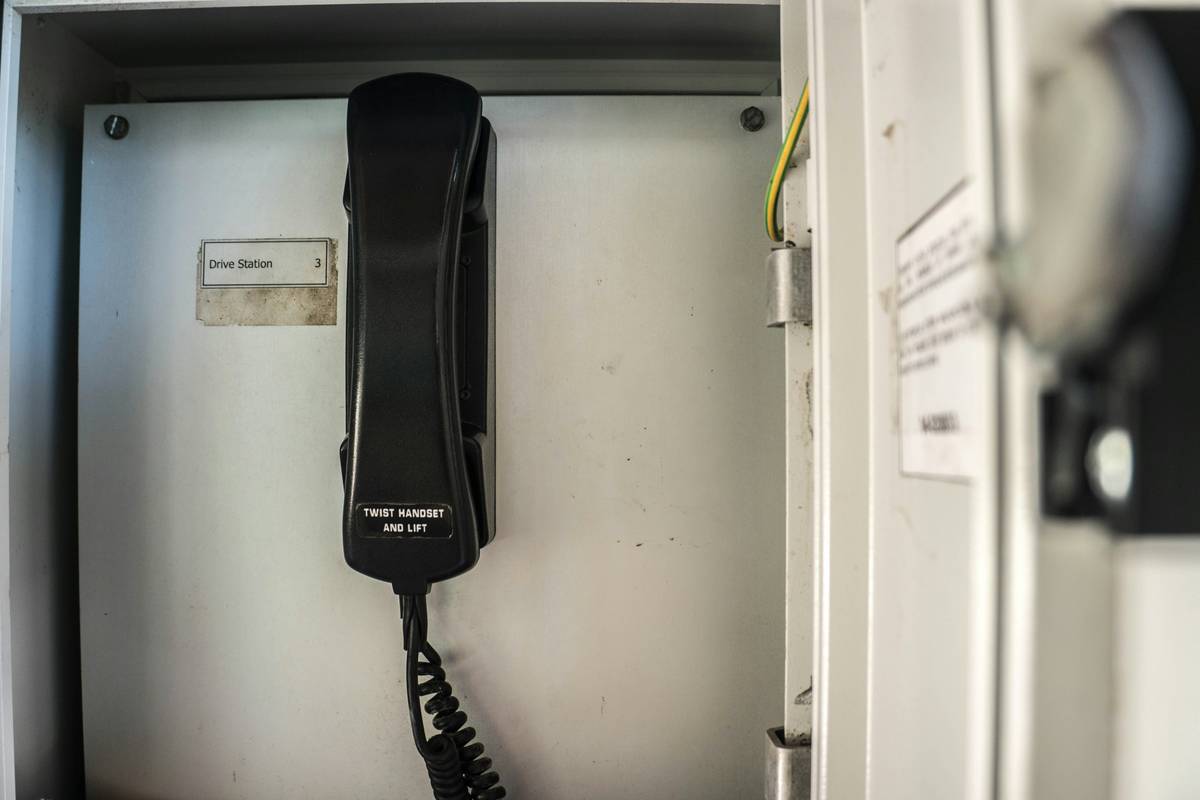“Ever lost a potential client because their call went to the wrong department? Yeah, it happens more than we’d like to admit.”
Call routing feature changes might sound like tech jargon reserved for IT departments, but trust me, these updates can make or break your customer experience. In today’s fast-paced business world, even a few seconds of misdirection can cost you big time. So buckle up—we’re diving into everything you need to know about optimizing this underappreciated powerhouse.
This post will guide you through understanding why call routing matters (hint: customers hate being passed around), how to implement game-changing strategies, and some best practices to keep your callers happy. Plus, there’s a rant section where I’ll unload on my biggest pet peeve in business phone systems. Let’s go!
Table of Contents
- The Problem with Outdated Call Routing Systems
- How to Implement Call Routing Feature Changes Effectively
- Tips & Best Practices for Optimizing Call Routing Features
- Real-World Examples of Call Routing Success Stories
- Frequently Asked Questions About Call Routing Feature Changes
Key Takeaways
- Outdated call routing systems lead to frustrated customers and missed opportunities.
- Implementing smart call routing feature changes is easier than you think—start small.
- Optimized call routing boosts productivity, saves time, and enhances customer satisfaction.
- Avoid common pitfalls like ignoring analytics when setting up new call flows.
The Problem with Outdated Call Routing Systems
Remember that one time I accidentally routed an angry VIP client straight to HR instead of support? Yep, cringe-worthy stuff right there. The issue wasn’t just human error—it was an outdated IVR system that made mistakes too easy to happen. If your business still relies on legacy call routing setups, here’s what’s going wrong:
- Tangled Paths: Calls often get transferred multiple times before reaching the right person.
- Lack of Flexibility: No room for adjustments based on real-time data or peak hours.
- Frustrated Customers: Long hold times and unnecessary transfers drive people away.

“A bad call routing experience feels like waiting for water while your laptop overheats—endless frustration.”
How to Implement Call Routing Feature Changes Effectively
If you’re ready to upgrade from “meh” to “chef’s kiss,” follow these steps:
Step 1: Audit Your Current Setup
Start by analyzing your existing call flow. What’s working? What isn’t? Use tools like call analytics software to identify bottlenecks. Don’t skip this step unless coffee runs dry—you’ll regret it later.
Step 2: Choose the Right Software
Modern cloud-based PBX systems come packed with advanced call routing features. Look for options offering AI-driven insights, customizable menus, and integrations with CRM tools.

Step 3: Map Out New Call Flows
Create clear pathways for different types of calls. For example:
- Sales inquiries → Sales team queue
- Billing questions → Accounting department
- Technical issues → Support reps trained specifically for troubleshooting
Pro Tip: Keep menus simple. A maze-like IVR tree will only leave callers dangling at “Press 9 to return to the main menu.”
Step 4: Test and Iterate
Run simulations internally first. Did someone mention free pizza during testing sessions? Teams perform better under such incentives. Once live, monitor metrics closely and tweak as needed.
Grumpy Dialogue Break:
Optimist You: “Easy peasy! Just update settings and watch magic unfold!”
Grumpy You: “Suuure, buddy. And I bet unicorns coded those algorithms overnight…”
Tips & Best Practices for Optimizing Call Routing Features
- Use Analytics: Data doesn’t lie. Track which routes see high abandonment rates and fix them ASAP.
- Personalize Responses: Greet frequent callers by name using CRM integration.
- Add Self-Service Options: FAQs handled via chatbots reduce agent workload significantly.
- (Terrible Tip Disclaimer): Whatever you do, don’t route all calls directly to the CEO. Trust me; they won’t thank you for it.
Real-World Examples of Call Routing Success Stories
Take Company X, for instance. By revamping its call routing strategy, they reduced average wait times by 40% and increased customer satisfaction scores by 25%. Their secret sauce? A blend of predictive dialing and intelligent call distribution powered by machine learning.

Frequently Asked Questions About Call Routing Feature Changes
Will Changing Our Call Routing System Cost Too Much?
Not necessarily. Many cloud solutions offer scalable pricing models tailored to businesses of all sizes.
Can We Automate Everything with AI?
While automation helps, maintaining a balance between bots and human touch remains crucial for complex queries.
What Common Mistakes Should I Avoid?
Overcomplicating IVR menus tops the list. Remember, simplicity rules supreme.
Conclusion
Call routing feature changes aren’t just another tech upgrade—they’re essential for keeping pace in today’s competitive market. From auditing current processes to implementing smarter workflows, every step counts toward happier customers and streamlined operations.
Now go ahead, hit that update button—and may your calls always land exactly where they should.
P.S. Here’s a nostalgic throwback haiku for ya:
Whispers over wires,
Voices find their perfect match,
Business blooms anew.


